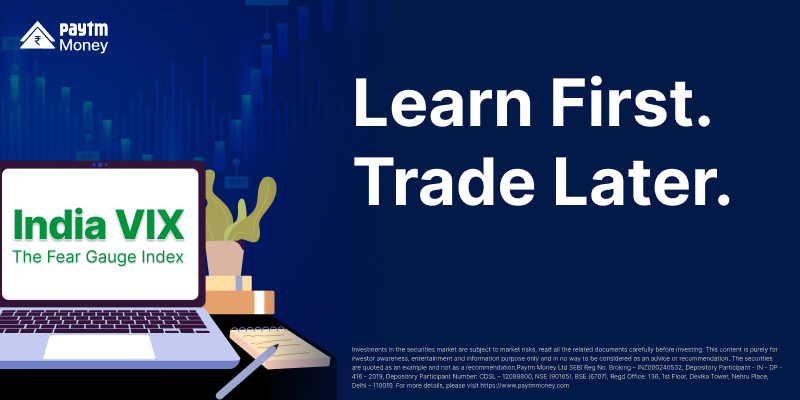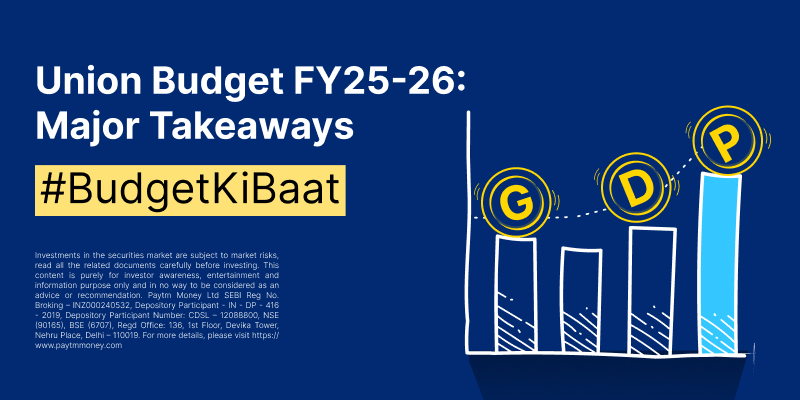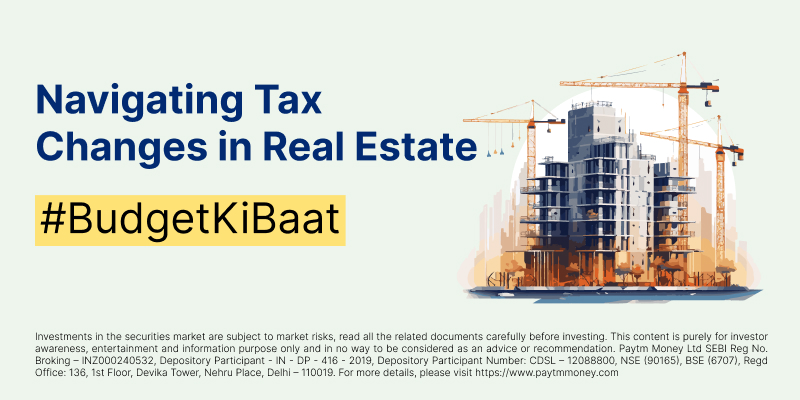The India VIX: Understanding Its Impact on Markets and Traders4 min read
On a bustling Monday morning, traders across India were glued to their screens, watching the markets with bated breath. It was August 5, 2024, and the Indian markets were experiencing a significant downturn. The Nifty50 had plummeted, and the India VIX, often called the “fear gauge,” had spiked dramatically. But what exactly is the India VIX, and how does it influence different market segments and traders?
What is the India VIX?
The India VIX, or Volatility Index, measures the market’s expectation of volatility over the next 30 calendar days. Essentially, it’s an indicator of market sentiment and investor anxiety. A rising VIX typically signifies growing uncertainty and fear, while a falling VIX suggests a more stable and confident market environment.
The Impact on Different Market Segments-
Equity Markets:
When the India VIX rises, it usually increases volatility in the equity markets. Stocks become more susceptible to sharp price swings, making it a challenging environment for traders. For instance, during the August 5 market fall, the surge in the VIX was triggered by a confluence of global events – the unwinding of Yen carry trades, the Israel-Iran conflict, and weak US manufacturing and jobs data. This led to widespread selling and a sharp decline in stock prices.
Derivative Markets:
In the derivatives segment, a high VIX indicates more expensive option premiums. Traders who write options (sellers) may benefit from higher premiums but also face an increased risk of significant price movements. Conversely, buyers of options may find it costly to hedge their positions. The August 5 spike in VIX led to a surge in options trading volumes as traders sought to capitalize on or hedge against the heightened volatility.
Fixed Income Markets:
A rising VIX can also impact fixed-income markets. During periods of high volatility, investors often seek safer assets, leading to increased demand for government bonds and other fixed-income securities. This flight to safety can cause bond yields to fall. On August 5, as equity markets tumbled, there was a noticeable decline in India’s 10-year bond yields, reflecting the shift towards fixed-income securities in search of stability.
Historical Spikes in the India VIX-
The India VIX has witnessed several notable spikes throughout its history, often coinciding with significant global or domestic events.
- Global Financial Crisis (2008): One of the most significant spikes in the India VIX occurred during the global financial crisis of 2008. As markets worldwide collapsed, the VIX surged to the 92 mark, reflecting the extreme uncertainty and fear prevailing at the time.
- Demonetization (2016): Another notable spike was seen during India’s demonetization announcement in November 2016. The abrupt decision to invalidate high-denomination currency notes led to widespread panic and uncertainty, causing the VIX to rise sharply.
- COVID-19 Pandemic (2020): The onset of the COVID-19 pandemic in March 2020 resulted in an unprecedented spike in the India VIX. As the virus spread rapidly and markets crashed, the VIX soared, highlighting the heightened fear and uncertainty among investors.
- Lok Sabha Elections (2024): The fear index, soared by nearly 44%, marking its highest single-day gain in 9 years amidst strong election count trends.
The August 5 Market Fall-
The most recent spike on August 5, 2024, serves as a reminder of the VIX’s significance. The perfect storm of global factors – the unwinding of Yen carry trades, escalating geopolitical tensions between Israel and Iran, political turmoil in Bangladesh, and weak US economic data – culminated in a sharp rise in the VIX (nearly 60%). This spike underscored the market’s sensitivity to global events and the resulting volatility.
How It Affects Traders?
For traders, understanding and monitoring the India VIX is crucial. It provides insights into market sentiment and helps in making informed trading decisions. During periods of high VIX, traders might adopt more conservative strategies, such as reducing leverage or increasing hedges. Conversely, a low VIX might encourage more aggressive trading, given the perceived stability.
The August 5 spike taught traders several lessons. It highlighted the importance of global events in shaping market sentiment and the need for vigilance in such an interconnected world. Traders who anticipated the rise in volatility and adjusted their strategies accordingly were better positioned to navigate the turbulent market conditions.
Please follow this channel for more information on investment products, market trends, and consumer behaviour in capital markets.
Source: Business Today, ET
Disclaimer: Investments in the securities market are subject to market risks, read all the related documents carefully before investing. This content is purely for informational purposes only and is in no way to be considered advice or a recommendation. Paytm Money Ltd. SEBI Reg No. Broking – INZ000240532, Depository Participant – IN – DP – 416 – 2019, Depository Participant Number: CDSL – 12088800, NSE (90165), BSE (6707) Reg Office: 136, 1st Floor, Devika Tower, Nehru Place, Delhi – 110019. For more details, visit https://www.paytmmoney.com/stocks/policies/terms.




